After my mother died of cancer, New Zealand turned my grief into hope
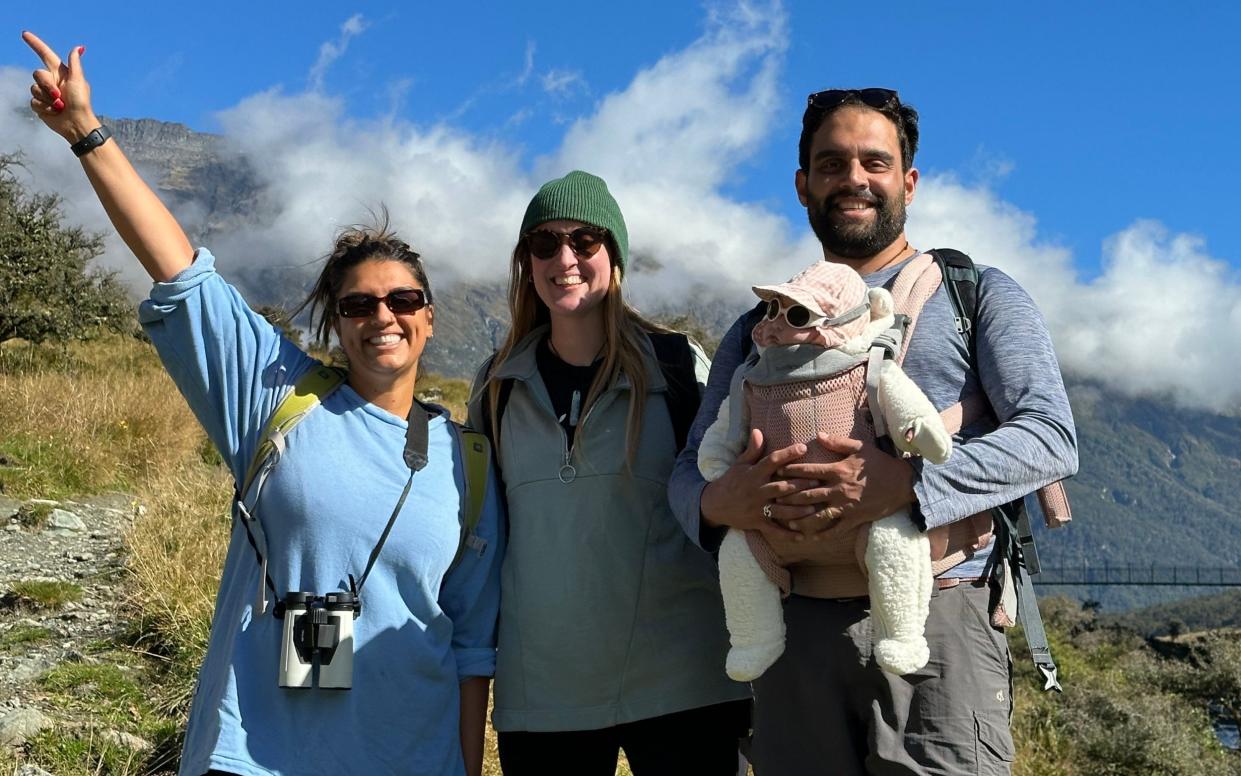
New Zealand is the reason that I love to travel. Well, New Zealand and my mum. She had visited in the 1970s, and when she heard that my school was planning a rugby tour there, she took on a second job as a cleaner so she could pay for my ticket.
“It’s a magical place,” she said. “I think that you’ll love it.”
While New Zealand felt British in many ways, I was immediately struck by its spectacular landscape, which ranges from volcanoes to glaciers, and the prominence of its indigenous Māori culture. I loved it so much that I moved there for a year after university.
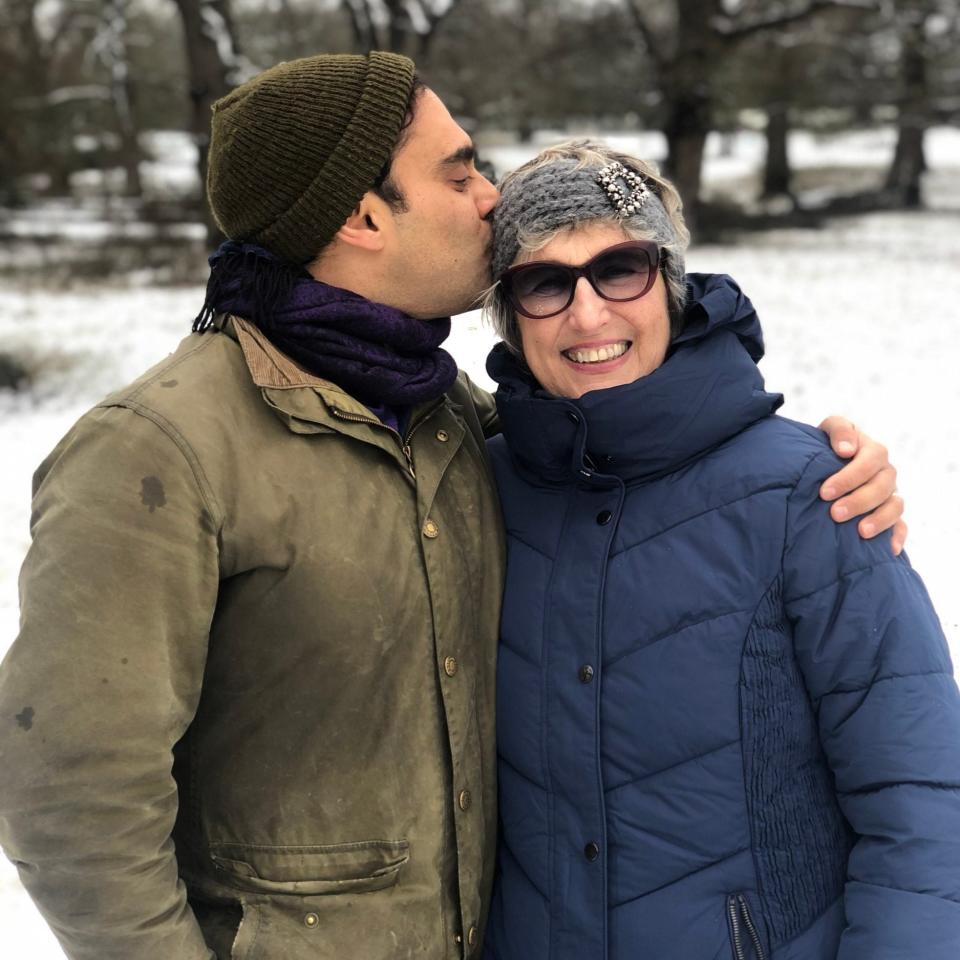
Mum and I always spoke about visiting New Zealand together, but cancer had other ideas. When she passed away, I found myself unable to see beyond the sadness and the grief, and the idea that we would never do anything together again. I needed something to change my mindset and to engage with how I was feeling. I turned to travel.
My wife Dre had listened to Mum and I rave about New Zealand since she had first met me and, when the country re-opened its borders after the pandemic, we immediately booked a trip. We had someone else with us too: our four-month-old daughter, Lyra, who has the middle name Dianne, after my mum.
It was at the Bonz N Stonz workshop in the west coast town of Hokitika that we met Nathaniel Scott of Ngai Tahu, a Māori iwi (tribe) whose ancestral lands stretch across New Zealand’s South Island. Ngai Tahu has retained extraction rights for precious stones formed in the Southern Alps, which are washed down to the coast in rivers. The best known of these is a type of nephrite jade that the Māori call pounamu.
“Our people used pounamu to make tools and weapons,” Nathaniel said, “because it is so hard. But it has esoteric properties too. It holds mana – spirit and power.”
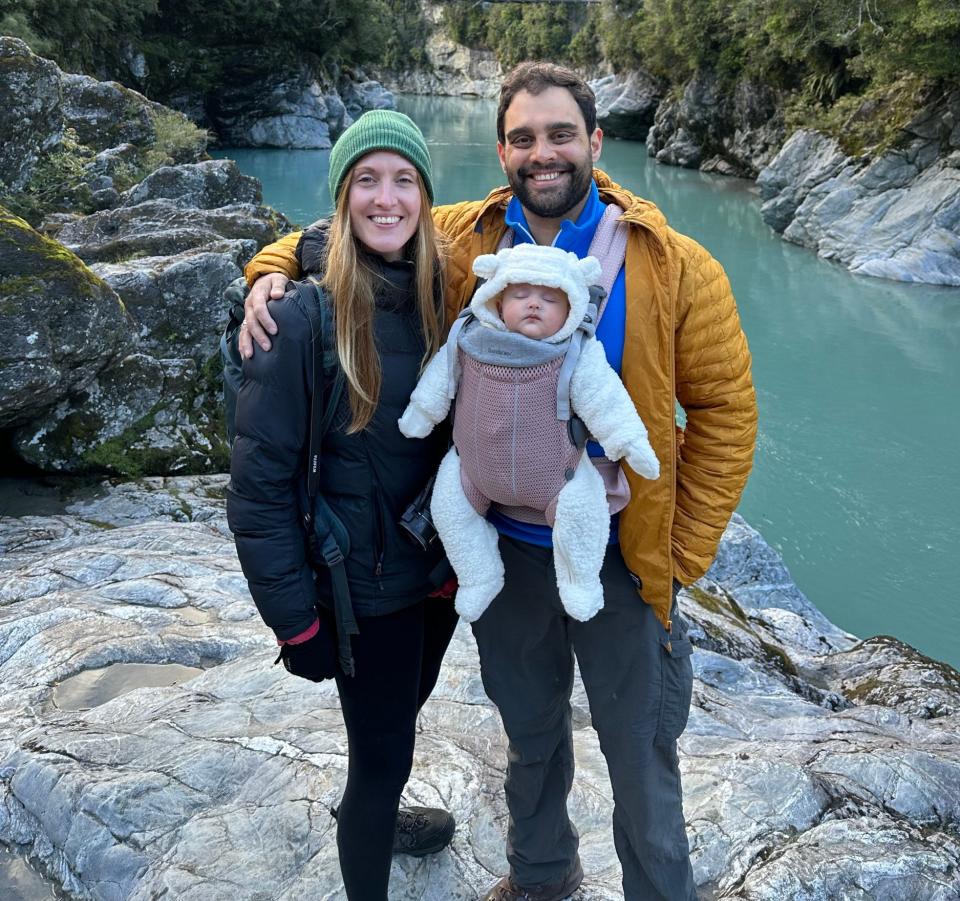
I wanted to carve a piece of pounamu to give to Lyra when she was older, but Dre kept being drawn to a bright blue stone, mottled with white. It matched Lyra’s eyes (which are the same colour as Mum’s were) and Dre and I each carved a piece under Nathaniel’s guidance.
“This is aotea,” he said. “It is the greatest treasure of my people, and can only be found on a single river, in our lands in the south. It’s a great privilege to be able to safeguard it and to carve it.”
When we had finished carving our pieces, the shop’s owner, Steve Gwaliasi, bound them with waxed cord to make necklaces. I went to pay him for the stone and his time, but he refused.
“It’s a gift,” he said. “The stone spoke to you. Or to Lyra. Besides, this felt like a special encounter. Thank you for coming here, and for sharing your story with me.”
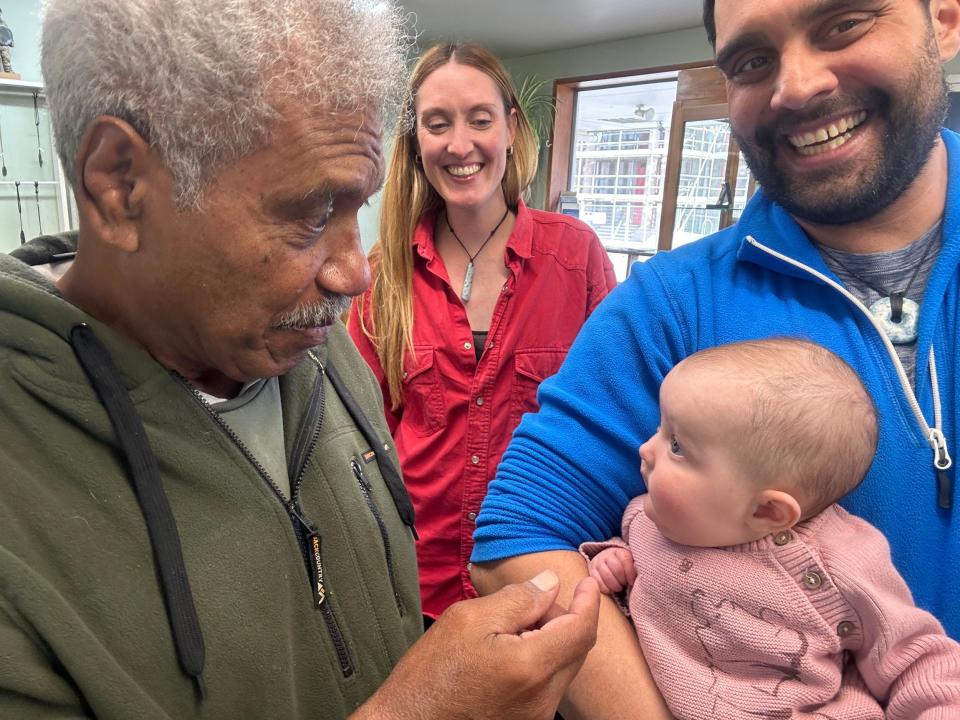
When Mum was in New Zealand, she had taken a flight to Milford Sound and said that it was the best thing that she had ever done. So, later, we drove towards that area, over the mountains to Wānaka, then piled into a Southern Alps Air propeller plane, and took to the skies. We looked down on the same forests, valleys and mountains that Mum had done, thinking of her all the time.
One of those areas was Treble Cone, where I had trained as a ski instructor after university. After landing back in Wānaka, we drove up the long, winding dirt track towards it, strapped baby Lyra to my front, and hiked to a ridge. Below us was the chalky-blue, braided Matukituki River, with the glistening, glacier-covered Mount Aspiring in the distance.
“Hello, Mum,” I said. “You always said that Wānaka was the most beautiful place you had ever visited, and this viewpoint was my favourite place to rest when I skied here. I wish we could have come here together, but I certainly feel you here with me. Thank you for everything, Mum. All this is because of you. I love you.” I cast Mum’s ashes into the air and they floated away on the breeze, towards Wānaka.
That evening, I met up with Hemi Vincent, a Māori friend who had hired me as a doorman when I lived in Wānaka. He asked about my aotea necklace, and I told him the story of its connection to Mum and Lyra through its colour.
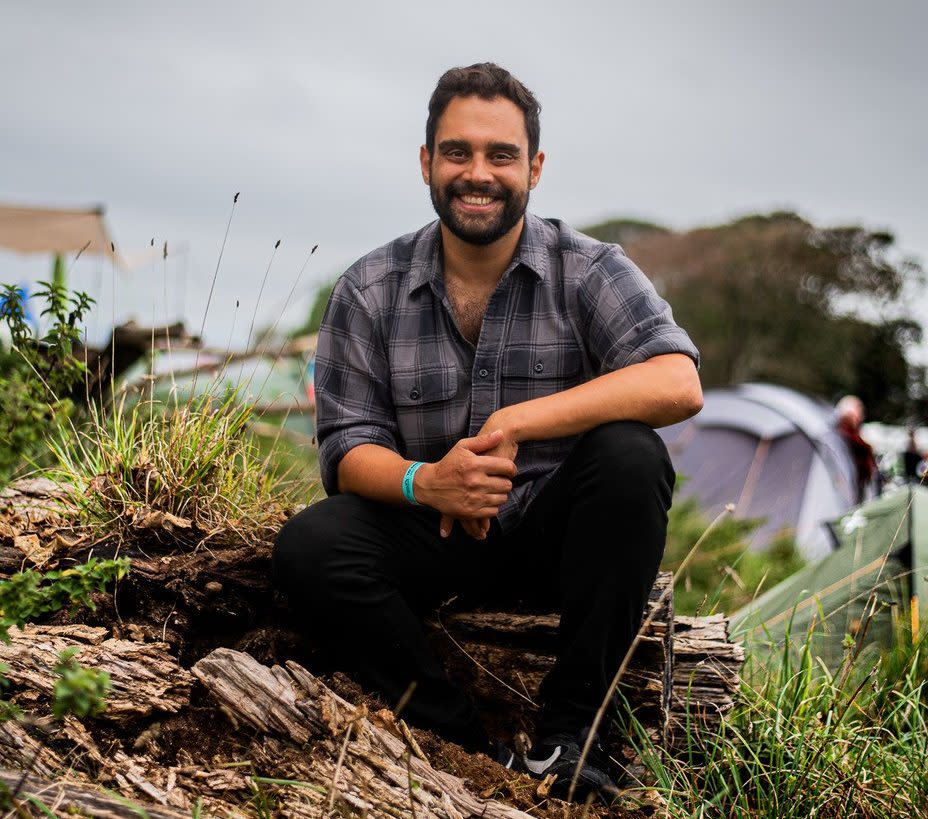
“Can I give you a name for it?” Hemi asked.
“I’d be honoured,” I replied.
“Kia whakatomuri. Te haere whakamua,” he said. “It’s an old Māori proverb, translating as ‘I walk backwards into the future, with my eyes fixed on the past.’
“In the Māori world, the past, the present and the future are intertwined. The ancestors are ever-present, in both the spiritual and physical realms. Your daughter will always have her grandma watching over her, through the same eyes. And your treasure reminds you of that, always.”
I had travelled to New Zealand to try to make sense of my grief. And, yes, I remembered Mum while I was there. I was often sad. But most of the time, I felt her joyous love of life. Her memory – and her story – connected me to a place that meant so much to us both. And, for the first time in a long time, I felt that life could be good again.
Mum was right. New Zealand is a magical place. It turned my grief into hope.
Ash Bhardwaj’s book Why We Travel: A Journey into Human Motivation explores 12 reasons to travel, including hope. It is published on April 11 2024 by Bedford Square (hardback; £20).


